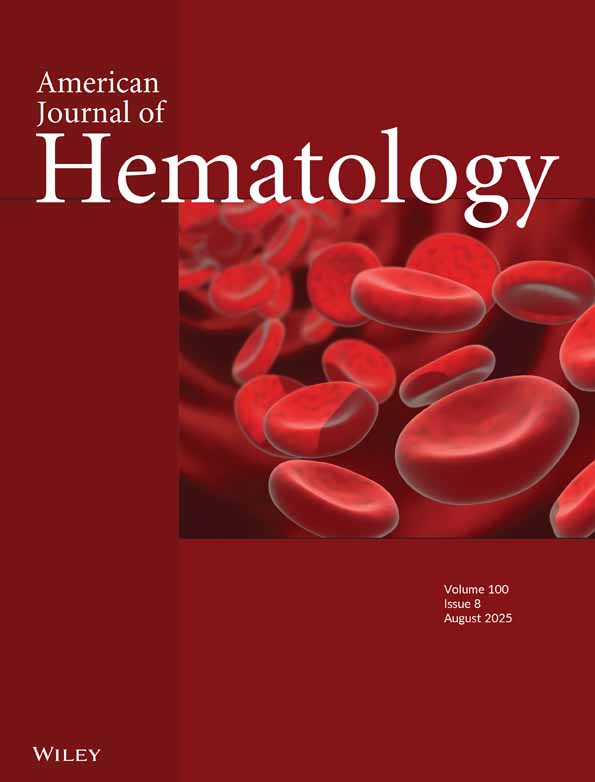Hematological evaluation of patients with various combinations of α-thalassemia
Abstract
Six patients and their parents from five different families with Hb H have been evaluated clinically and hematologically. Previous studies using restriction endo-nuclease mapping technique indicated that α-thalassemia determinants in these cases are heterogeneous. Only one of the five cases have the usual genotype for Hb H, which is characterized by an α-DNA-specific fragment of 20 kb long by Eco RI digestion.
Three cases from two different families have Hb H disease with α-specific DNA fragments of 22.5 kb/2.6 kb long; and the other two have α-specific DNA fragments of 20 kb/2.6 kb long, in Eco RI digestion of the cellular DNA. The hematological examination of the parents suggests that the α-thalassemia condition associated with the Eco RI fragment of α-specific cellular DNA of approximately 22.5 kb long produces an α-thal-2-like clinical condition, while the other α-thalassemia determinant associated with a fragment 2.6 kb long results in an α-thal-1-like clinical condition. The clinical and hematological findings of the cases with 22.5 kb/2.6 kb fragment patterns were more severe than the case with the 20 kb/2.6 kb combination. This study suggests that variation in the clinical and hematological findings among patients with Hb H disease may well reflect a heterogeneity of the genotypic combination.




